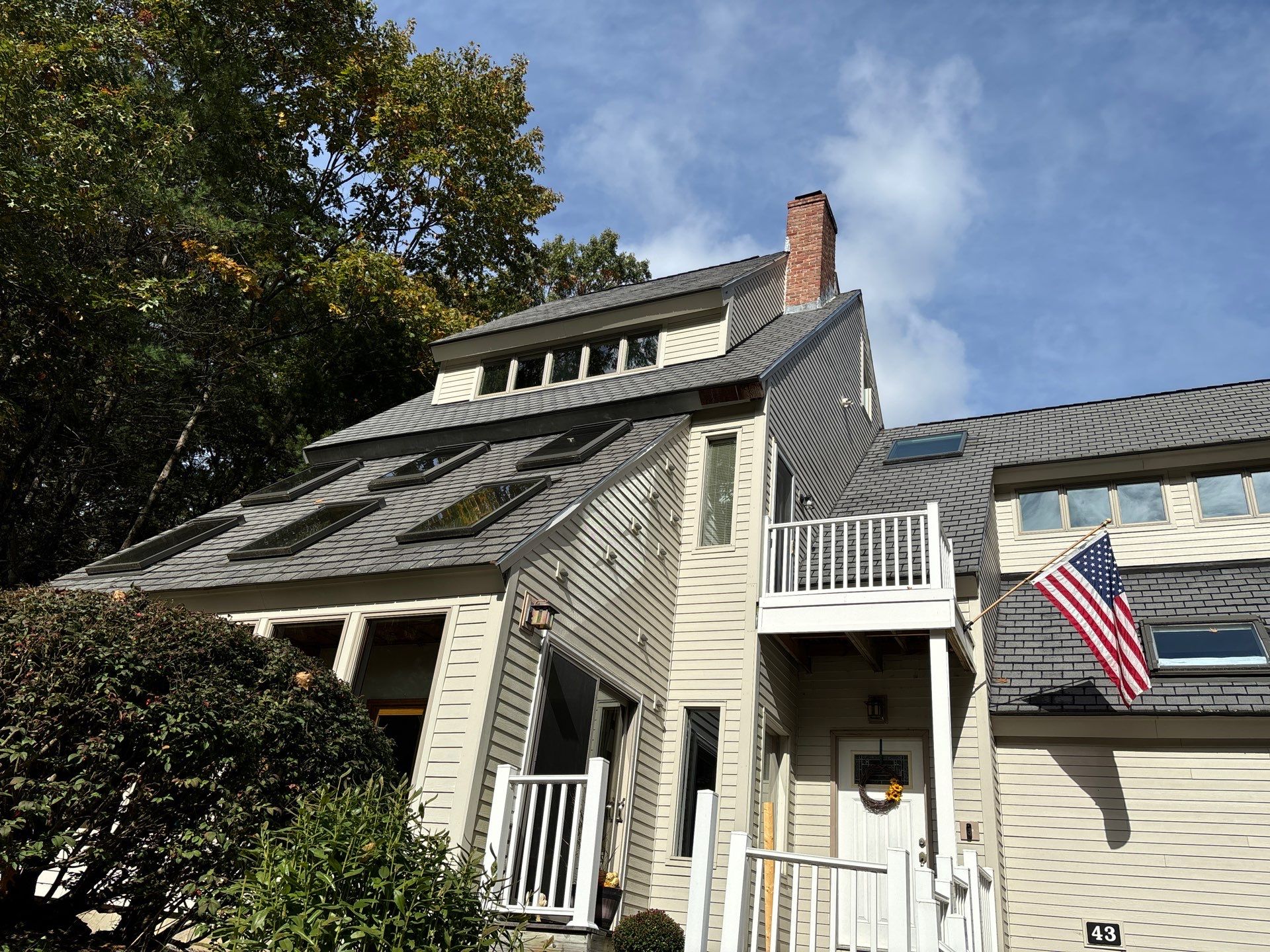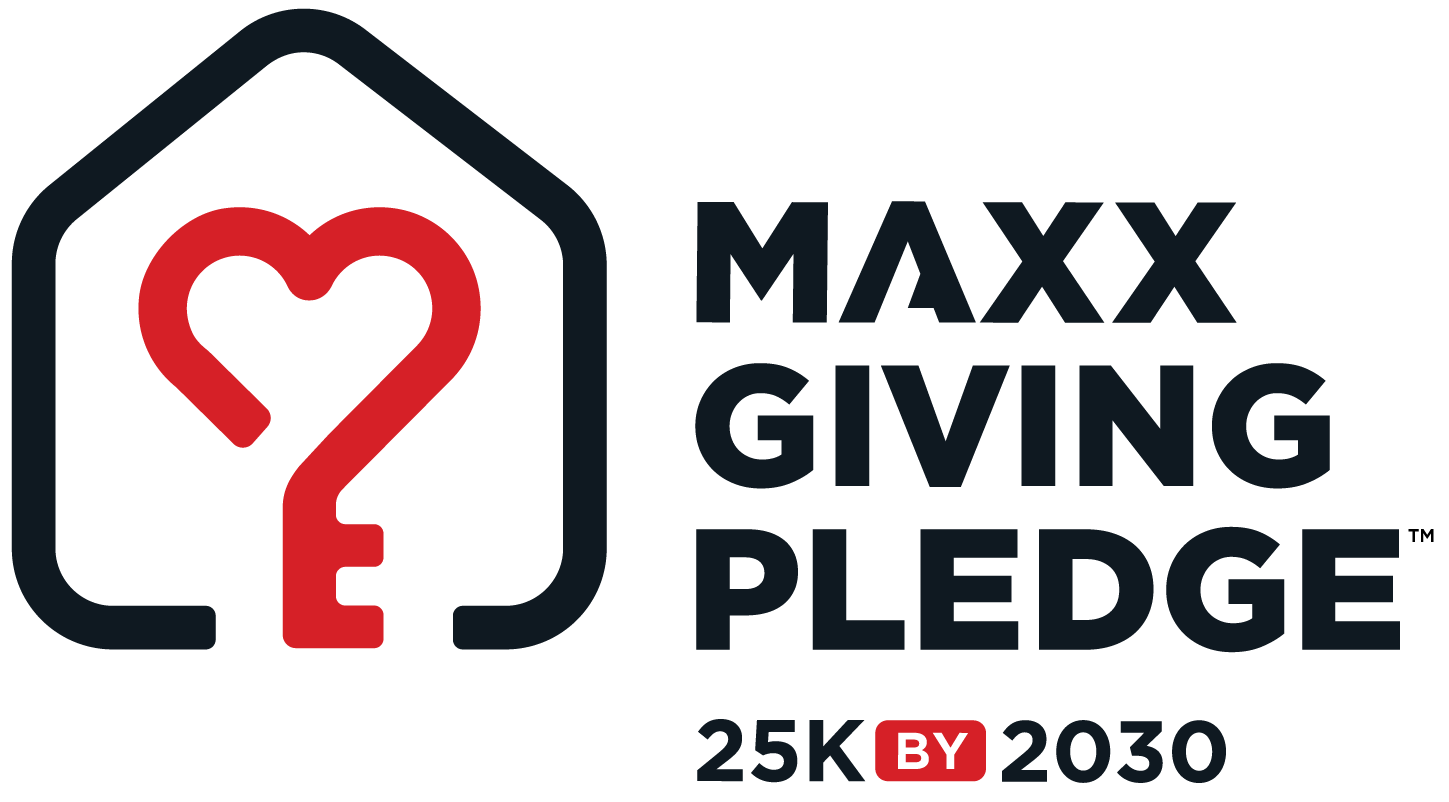
Adding Skylights to Existing Roofs | What to Know
The idea of bringing more natural light and fresh air into your home is often appealing, and skylights are an excellent way to achieve this. Many homeowners wonder if adding a skylight to an existing roof is a feasible project, or if it's only possible during new construction. The good news is, in most cases, yes, you absolutely can add a skylight to an existing roof. This process, often referred to as retrofitting, can transform interior spaces, making them feel more open and inviting. However, it's a complex project that requires careful planning and professional execution. Masterpiece Roofing guides you through the considerations of adding a skylight to your home.
Types of skylights you can install
When planning to add a skylight, you'll find a variety of options, each offering different benefits for light, ventilation, and aesthetics:
Fixed (Stationary) Skylights:
Description: These are non-opening units, designed purely to bring in natural light.
Best For: Areas where light is the primary goal and ventilation isn't necessary, such as hallways, stairwells, or living rooms. They are generally the most affordable and simplest to install.
Vented (Ventilating) Skylights:
Description: These skylights can be opened to allow fresh air in and hot, stale air out. They come in manual (crank handle) and electric (remote control, often with rain sensors) versions.
Best For: Kitchens, bathrooms, or any room where heat buildup or moisture is a concern, providing both light and improved air circulation. Electric models offer convenience, especially for out-of-reach installations.
Tubular Daylight Devices (TDDs) / Sun Tunnels:
Description: These are smaller, reflective tubes that capture sunlight from a dome on the roof and channel it down to a diffuser in the ceiling. They don't offer a view to the outside.
Best For: Illuminating small, interior spaces like closets, pantries, hallways, or laundry rooms where a full-sized skylight isn't practical or necessary. They are less intrusive to the roof structure.
Roof Windows:
Description: Designed for attics or finished attic spaces, these are essentially windows installed in the plane of the roof. They often pivot or open outwards, offering both light and a view.
Best For: Habitable attic spaces or rooms where you want a direct view and the ability to fully open a window.
Custom Skylights:
Description: Larger, custom-designed units that can span multiple rafters or be part of architectural features, sometimes incorporating multiple panels.
Best For: Unique architectural designs or large spaces requiring significant natural light. These are typically the most expensive and complex.
Roof compatibility and structural concerns
Before installing a skylight, it's crucial to assess your roof's compatibility and address any potential structural concerns. This is where professional expertise from Masterpiece Roofing is invaluable.
Roof Pitch: Skylights require a minimum roof pitch to ensure proper water runoff and prevent leaks. Most manufacturers specify the acceptable pitch range for their products. Low-slope roofs may require specialized skylight curb systems or alternative flashing.
Roofing Material:
Asphalt Shingles: Most common and generally easiest to integrate skylights with.
Tile/Slate/Wood Shake: These materials are more fragile and complex to work with, requiring specialized flashing kits and careful removal/replacement of individual pieces. This increases labor costs.
Metal Roofs: Can accommodate skylights but require specific flashing details and careful cutting to maintain watertightness.
Rafter and Truss Spacing:
Rafters: Standard skylight sizes are often designed to fit between typical rafter spacing (e.g., 16 or 24 inches on center).
Trusses: Cutting into roof trusses is a significant structural concern. Trusses are engineered systems, and altering them without proper structural reinforcement can compromise the entire roof structure. If a truss needs to be cut, a structural engineer must design a new load path, and the work requires professional expertise.
Load-Bearing Considerations: The additional weight of the skylight itself, plus potential snow load, needs to be considered to ensure the roof structure can support it.
Underlying Issues: Before cutting into the roof, it's essential to check for any existing rot, moisture damage, or insufficient insulation in the attic space. These issues should be addressed first.
A professional roofer from Masterpiece Roofing will conduct a thorough assessment of your roof's structure, materials, and framing to determine the best placement and type of skylight for your home.
Skylight installation process
Retrofitting a skylight is a multi-step process that involves both roofing and interior finish work. While the exact steps may vary, here's a general overview:
Site Assessment and Planning:
Masterpiece Roofing will help determine the optimal location for the skylight, considering natural light paths, room layout, and structural elements (rafters/trusses).
They'll assess roof pitch, material, and identify any potential structural modifications needed.
Permit Acquisition:
Obtaining necessary building permits from local authorities is a critical first step. This ensures the installation meets safety and structural codes.
Interior Preparation:
The area beneath the proposed skylight location will be cleared and protected with drop cloths.
A rough opening is marked and cut in the interior ceiling.
Roof Opening Creation:
On the exterior, the roofing materials (shingles, tiles, etc.) are carefully removed around the marked area.
A precise opening is cut through the roof sheathing. If structural modification (e.g., cutting a rafter or truss) is required, it will be executed at this stage, with proper header and trimmer framing installed by a qualified professional to maintain structural integrity.
Skylight Curb/Frame Installation:
A wooden curb (a raised frame) is built around the opening to provide a mounting surface for the skylight and to elevate it slightly above the roof deck, helping with water diversion.
Flashing Installation:
This is the most critical step for preventing leaks. Layers of specialized flashing materials (underlayment, step flashing, head flashing, sill flashing) are meticulously installed, integrating with the surrounding roofing material to create a watertight seal. This flashing must shed water away from the skylight and down the roof.
Skylight Unit Installation:
The skylight unit is set onto the curb, leveled, and securely fastened according to the manufacturer's instructions.
Roofing Material Reinstallation:
The surrounding roofing material is carefully reinstalled around the newly flashed skylight, ensuring proper overlap and weather resistance.
Interior Finishing:
Once the exterior is watertight, interior work begins. This involves framing out the light shaft (the tunnel from the ceiling opening to the skylight), installing drywall, insulating, and painting to match the room.
Pros and cons of retrofitting a skylight
While adding a skylight offers many advantages, it's important to consider both the benefits and potential drawbacks.
Pros:
Abundant Natural Light: Dramatically increases the amount of natural light, especially in interior rooms that lack windows.
Improved Ambiance: Creates a more open, airy, and inviting atmosphere, making rooms feel larger and brighter.
Enhanced Ventilation (Vented Skylights): Allows hot, stale air to escape, improving indoor air quality and potentially reducing reliance on air conditioning.
Energy Savings (Potential): Can reduce the need for artificial lighting during the day. In some cases, proper ventilation can also reduce cooling costs.
Increased Home Value: A well-chosen and professionally installed skylight can be an attractive feature that adds value to your home.
Aesthetic Appeal: Adds a modern and elegant architectural element to your home's exterior and interior.
Cons:
Cost: Retrofitting a skylight is a significant investment due to labor, materials, and potential structural modifications.
Potential for Leaks: While proper installation minimizes this risk, a poorly installed skylight is a common source of roof leaks. This underscores the need for professional installation.
Heat Gain/Loss: Unless specified, poorly insulated skylights can lead to unwanted heat gain in summer and heat loss in winter, impacting energy efficiency. Look for models with low-E coatings and good U-values.
Glare: Direct sunlight can sometimes cause glare, especially on screens or reflective surfaces. Blinds or shades can mitigate this.
Maintenance: Like any window, skylights need occasional cleaning. Vented models have moving parts that may require maintenance.
Damage Risk: Can be susceptible to damage from hail or falling debris, though modern units are designed to be durable.
Interference with Attic Space: The light shaft will take up some space in the attic.
Cost and permit considerations
Understanding the financial and regulatory aspects is crucial before embarking on a skylight installation.
Cost Factors:
Skylight Type and Size: Fixed skylights are less expensive than vented (especially electric) or custom units. Larger skylights cost more.
Roofing Material: Installation costs will be higher for more complex roofing materials like tile, slate, or metal compared to asphalt shingles.
Structural Modifications: If rafters or trusses need to be cut and reframed, this will add significant cost due to the added labor and engineering requirements.
Light Shaft Complexity: A longer or angled light shaft will require more framing, drywall, and finishing work, increasing interior costs.
Labor Rates: Professional installation by experienced roofers accounts for a significant portion of the cost.
Interior Finishing: Don't forget to budget for drywall, insulation, paint, and trim work inside the home.
Permit Considerations:
Building Permits Are Almost Always Required: Adding a skylight involves altering the roof structure and envelope, which typically falls under local building code regulations. Obtaining a permit ensures the work meets structural, safety, and energy efficiency standards.
Inspection Process: Permitted work will usually involve inspections by local building authorities at various stages (e.g., framing, flashing, final).
Consequences of No Permit: Failing to obtain a permit can lead to fines, require you to undo the work, or create issues when selling your home.
Masterpiece Roofing will guide you through the permit process, ensuring all necessary paperwork is filed and inspections are scheduled.
Adding a skylight to your existing roof is a rewarding home improvement that can significantly enhance your living space. Given the structural and waterproofing complexities involved, it's a project that demands the expertise of qualified professionals. Trust Masterpiece Roofing to handle your skylight installation with precision, ensuring a beautiful, leak-free, and long-lasting addition to your home.
Ready to brighten your home with a new skylight? Contact Masterpiece Roofing today for a consultation and a detailed estimate!
Office: 1248 Highland St, Holliston, 01746 MA
(508) 882-6080
Email: office@buttonmasterpieceroof.com
Site: www.masterpieceroof.com
Assistance Hours
Mon – Fri 8:00am – 4:00pm

